The first direct image of an exoplanet!
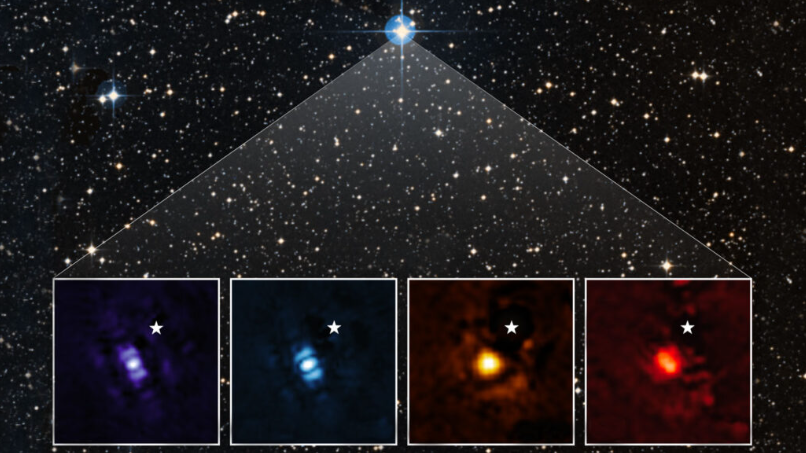
This is the first image of an exoplanet from the James Webb Space Telescope, the planet is about seven times the mass of Jupiter and 100 times farther from its star than Earth is from the Sun, direct observations of the exoplanet show, it is also young, about 10 to 20 million years old, compared to Earth’s more than 4 billion years old, astronomers report. Those three characteristics (size, distance, and youth) made HIP 65426 b relatively easy to see and thus a good planet to test the telescope’s observing capabilities, and it has once again exceeded astronomers’ expectations.
Astronomers have found more than 5,000 planets orbiting other stars, but almost all of those planets were detected indirectly, either because the planets tugged on the stars with their gravity or blocked starlight as it crossed between the star and a telescope’s view. To see a planet directly, astronomers have to block the light from its star and let the planet’s own light shine through, a complicated process. It’s been done before, but only for about 20 planets in total.
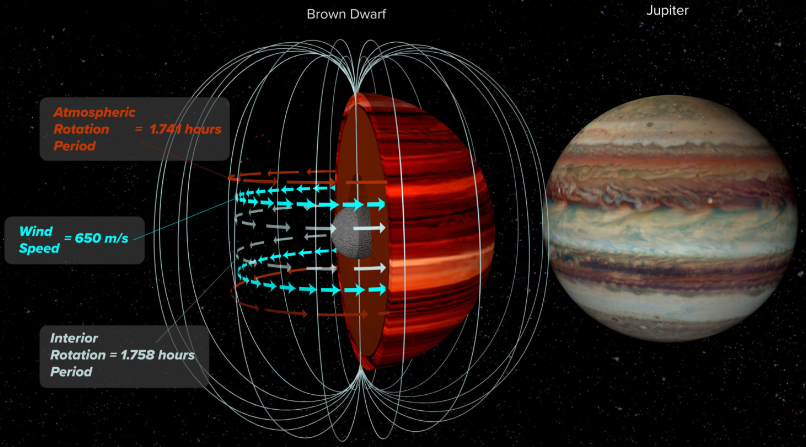
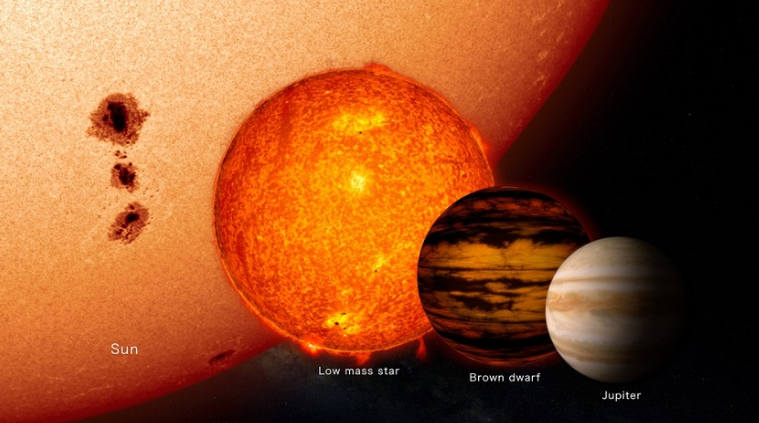
In 2017, astronomers discovered HIP 65426 b and took a direct image of it using an instrument on Chile’s Very Large Telescope, but because that telescope is on the ground, it can’t see all the light coming from the exoplanet. Earth’s atmosphere absorbs many of the planet’s infrared wavelengths, exactly the wavelengths that Webb singles out for observation. Images at these wavelengths will help reveal how planets formed and what their atmospheres are made of.
While the team has yet to study HIP 65426 b’s atmosphere in detail, they reported the first spectrum, a measurement of light across a range of wavelengths, from an object orbiting a different star. That object is called VHS 1256 b, it’s as heavy as Jupiter, so it may look more like a transitional object between a planet and a star, called a brown dwarf, than a giant planet. The telescope found evidence that the amounts of carbon monoxide and methane in the orb’s atmosphere are out of balance meaning the atmosphere is mixing, with winds or currents dragging molecules from the lowest depths to the top and vice versa. Webb also saw signs of sand clouds, a common feature in brown dwarf atmospheres.
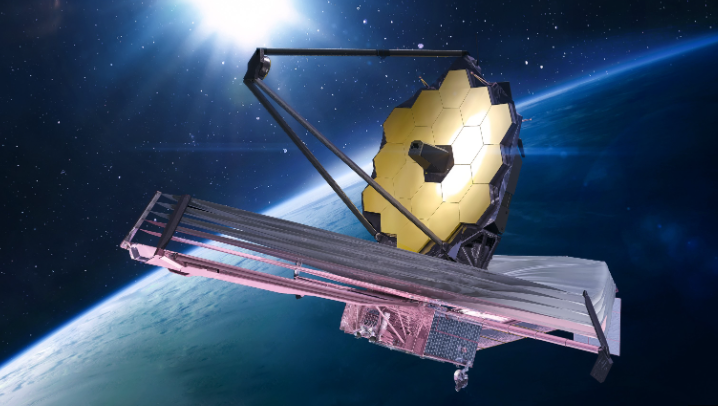
HIP 65426 b and VHS 1256 b are unlike anything we see in our solar system, being more than three times the distance between Uranus and their stars, suggesting that they formed in an entirely different way than more familiar planets. In future work, the astronomers hope to use Webb to image smaller planets closer to their stars.
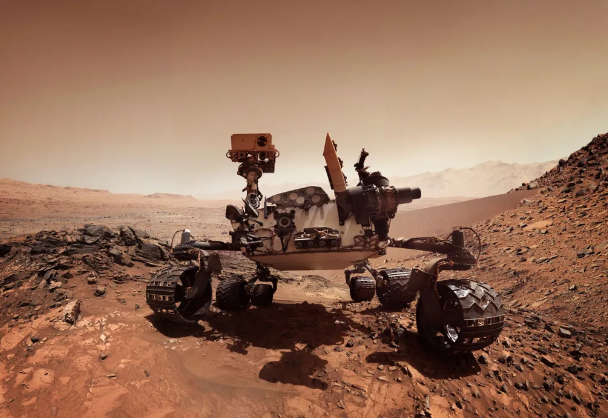

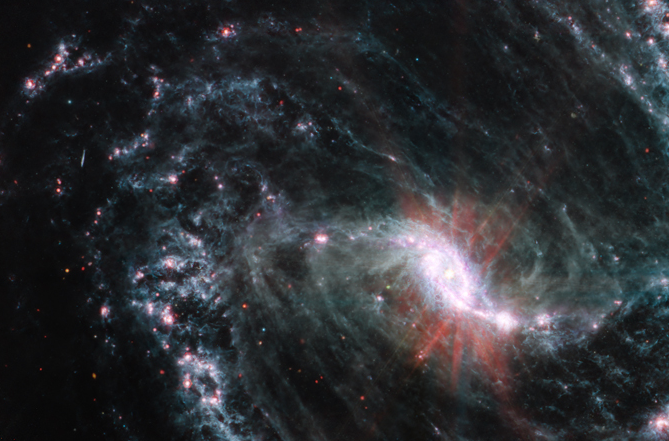
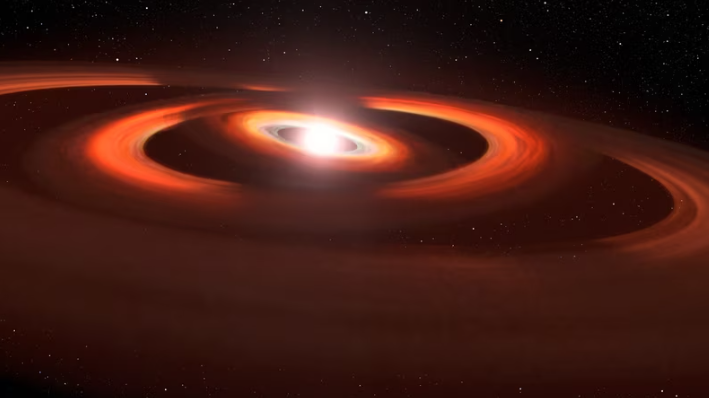
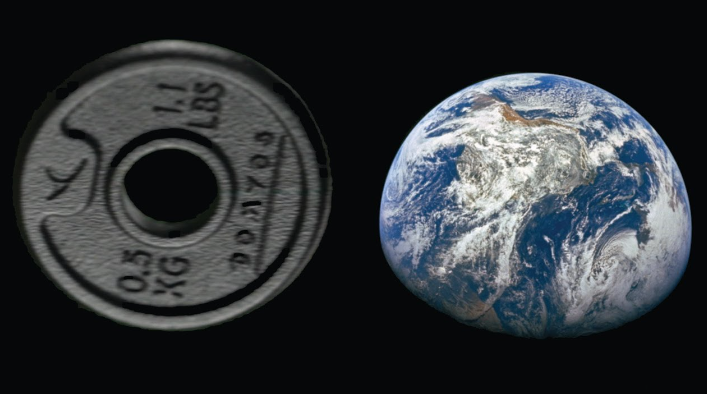
Responses